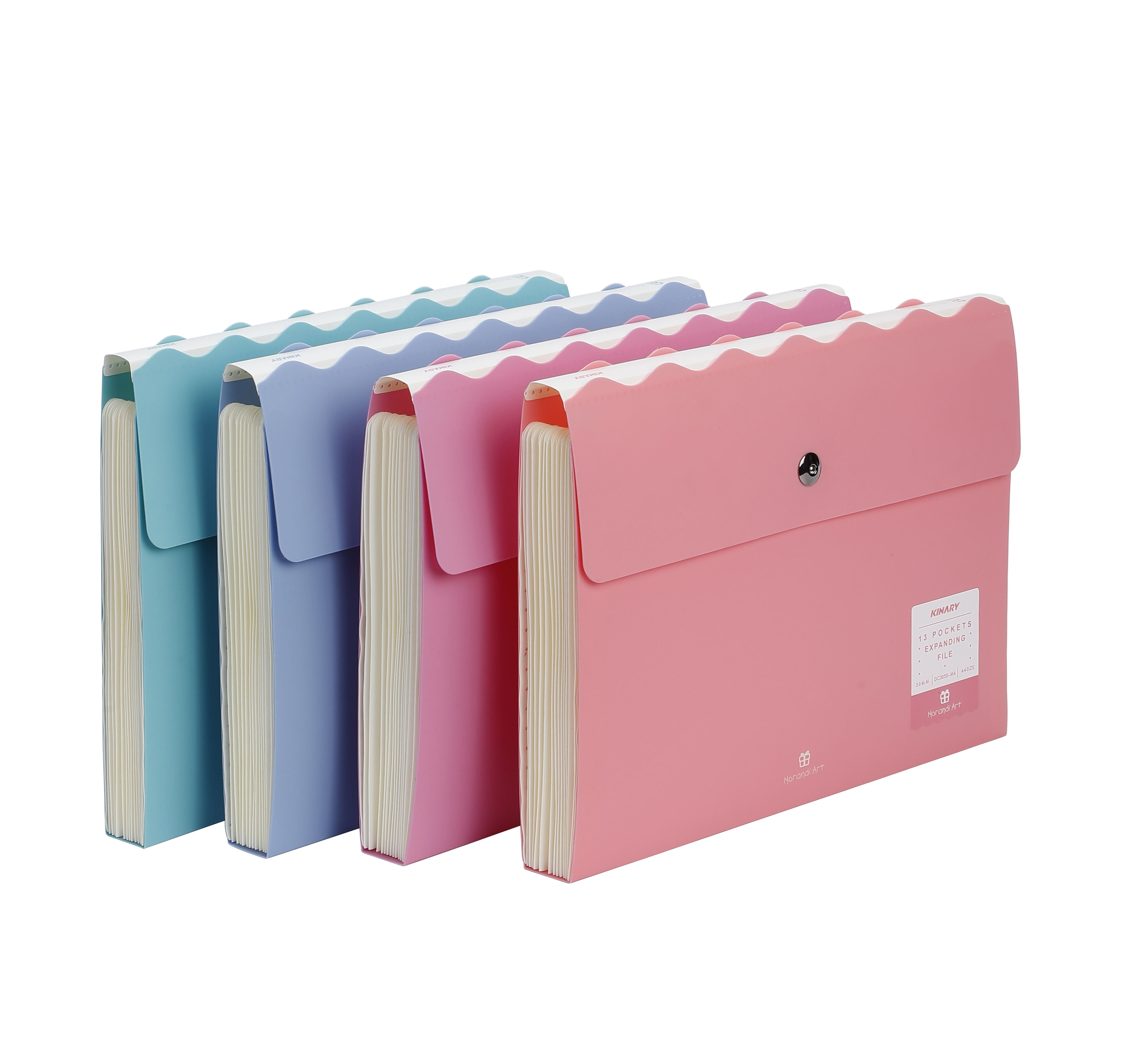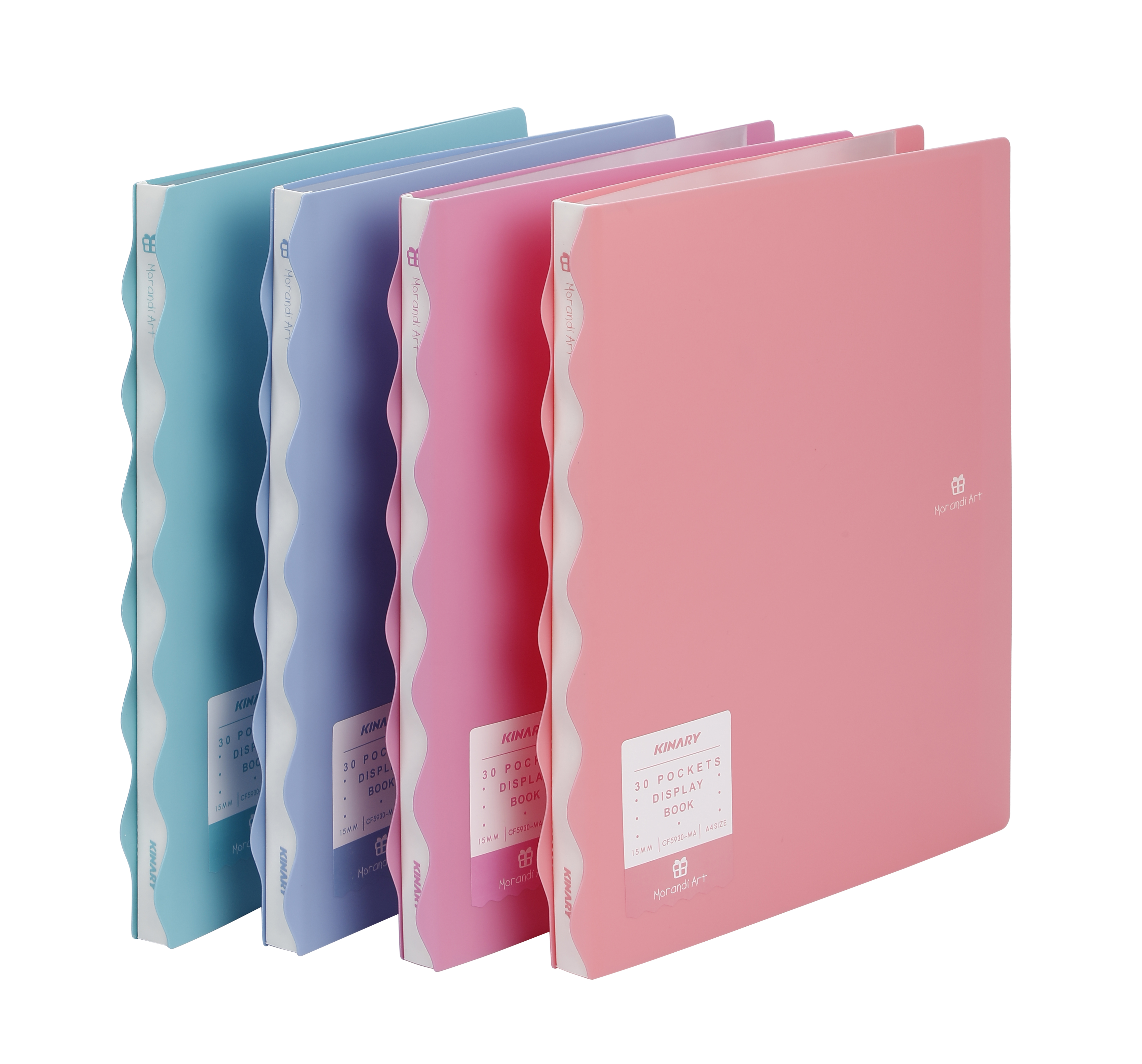What Are the Advantages of Using Expanding Files for Students?
Introduction to Student Organization
For students of all levels, staying organized is often the difference between academic success and overwhelming stress. Balancing assignments, notes, exams, and extracurricular responsibilities requires systems that simplify document management and support efficiency. Among the many tools designed for this purpose, expanding files stand out as practical and cost-effective. These files are structured with multiple compartments in an accordion-like design, allowing users to separate subjects, assignments, or categories neatly within one compact case. Beyond their simple structure, expanding files provide students with long-term benefits in organization, accessibility, protection, and overall academic performance.
Understanding Expanding Files
Structure and Design
Expanding files are typically lightweight yet durable carriers made from materials such as polypropylene, reinforced paperboard, or fabric. Their defining feature is the accordion-style expansion, which allows them to hold a large number of papers while maintaining a manageable size. Multiple pockets or sections enable categorization, making it easy for students to separate different subjects or tasks.
Accessibility and Portability
Unlike bulky binders or filing boxes, expanding files are designed to be slim and portable. Many feature handles, snap closures, or zippers, which make them easy to carry between classes, libraries, and study groups. This portability makes them particularly suitable for students who need quick access to materials throughout the day.
Advantages of Using Expanding Files for Students
Improved Organization
One of the greatest advantages of expanding files is their ability to help students keep documents neatly arranged. With designated sections, a student can assign one pocket to each subject or project, ensuring that handouts, notes, and assignments do not become mixed or lost. This system reduces the time spent searching for papers and increases study efficiency.
Easy Access to Materials
Expanding files allow students to find materials quickly because documents are sorted into categories. Whether preparing for an exam, retrieving homework, or studying in groups, students benefit from having their resources immediately accessible. This accessibility reduces stress and helps them focus more on the content rather than the clutter.

Protection of Documents
Loose papers in backpacks are easily crumpled, torn, or stained. Expanding files provide a protective casing that keeps documents flat and intact. For important papers such as essays, certificates, or signed forms, this protection is especially valuable. Waterproof or reinforced designs also add an extra layer of security for students commuting in varied weather conditions.
Portability and Convenience
Students often move between classrooms, libraries, dorms, and study areas. Carrying multiple binders or folders can be cumbersome, but an expanding file consolidates everything into one lightweight solution. This convenience makes it easier for students to travel with all necessary materials without added bulk.
Cost-Effective Solution
Compared to large binders or digital devices, expanding files are affordable and require no extra supplies. They provide long-lasting use when properly maintained, making them a budget-friendly option for students at all academic levels.
Encouragement of Good Habits
By using expanding files, students learn the importance of organization and responsibility. Having a designated space for each subject encourages discipline and reduces procrastination since everything is readily available for review. These organizational habits extend beyond academics and support personal development.
Adaptability to Different Academic Levels
From elementary school to university, expanding files are adaptable to various academic needs. Younger students may use them for separating subjects, while university students can use them to manage research notes, syllabi, and administrative paperwork. Their versatility makes them suitable for a lifetime of learning.
Space-Saving Benefits
In small dorms or study spaces, storage can be limited. Expanding files take up minimal space compared to filing cabinets or stacks of binders. They fit neatly on desks, in backpacks, or on bookshelves, providing efficient organization without clutter.
Practical Applications for Students
Daily Classwork
Students can carry handouts, notes, and assignments organized by class. This ensures that homework is never misplaced and that preparation for lessons is streamlined.
Exam Preparation
Expanding files are particularly useful for exam reviews. Students can store practice tests, review sheets, and class notes by subject, creating a structured resource to aid in efficient studying.
Extracurricular Activities
Students involved in clubs, sports, or volunteering can use expanding files to organize meeting notes, event plans, or schedules. This ensures that extracurricular responsibilities do not interfere with academic organization.
University and Research Work
For higher education, expanding files can store research papers, citations, and drafts in a systematic way. Graduate students working on theses or dissertations benefit from this organized method of managing large amounts of information.
Application and Career Preparation
Students preparing for college or job applications can use expanding files to manage resumes, recommendation letters, transcripts, and application forms. Keeping these documents in order reduces stress during important transitions.
Expanding Files vs. Other Storage Options
Compared to Binders
While binders offer structure, they are often bulkier and require hole-punching. Expanding files, by contrast, allow students to quickly insert papers without extra preparation, saving time and effort.
Compared to Digital Storage
Although digital storage is valuable, not all materials are available electronically. Handouts, printed essays, and signed forms require physical organization, which expanding files provide. They complement rather than replace digital solutions.
Compared to Folders
Single folders can only hold limited documents and often lack categorization. Expanding files combine multiple folders in one unit, offering greater capacity and organization.
Long-Term Benefits for Students
Reduced Stress
Knowing that all documents are stored safely in one place reduces anxiety about lost homework or missing notes. This mental clarity allows students to concentrate on learning.
Better Academic Performance
An organized student is more likely to meet deadlines, prepare thoroughly, and succeed academically. Expanding files support this by keeping study materials structured and easy to review.
Development of Lifelong Skills
The organizational skills learned through using expanding files extend into future careers and personal life. Being able to manage documents efficiently is an asset in any profession.
The Future of Expanding Files for Students
With increasing awareness of sustainability, many expanding files are now made from recycled or eco-friendly materials. Designs are also evolving to include features like clear labels, color-coded sections, and durable closures. As education continues to blend physical and digital tools, expanding files will remain a valuable complement, bridging the gap between paper-based and electronic learning.
Conclusion
Expanding files are much more than simple storage accessories; they are tools that empower students to manage their academic responsibilities effectively. By improving organization, protecting documents, enhancing accessibility, and saving space, files contribute directly to academic success and personal growth. They are cost-effective, adaptable, and practical for students at every educational stage, from elementary to university. In a world where organization is key to success, expanding files stand out as one of the simplest yet most effective solutions for students to achieve clarity, focus, and long-term benefits.
FAQ
Why are expanding files useful for students?
They help students organize documents by subject or category, making it easier to manage assignments, notes, and exam materials.
Can expanding files replace binders?
Yes, in many cases they are more convenient since they hold large volumes of paper without the need for hole-punching.
Are expanding files durable enough for daily use?
Yes, most are made from strong materials such as polypropylene or reinforced paperboard, designed for frequent handling.
How do expanding files save space for students?
They condense multiple subjects or categories into one compact case, reducing clutter in backpacks and dorms.
Can expanding files be used for university research?
Yes, they are excellent for organizing research notes, drafts, and references systematically.
Are expanding files expensive?
No, they are affordable compared to other storage options, making them budget-friendly for students.
Do expanding files protect papers from damage?
Yes, their sturdy construction prevents bending, tearing, and exposure to dirt or moisture.
Can expanding files hold items beyond paper?
Yes, students often use them to store small accessories such as stationery, schedules, or even photos.
How do expanding files encourage good habits?
They promote discipline by providing designated spaces for each subject, helping students stay on top of tasks.
Are there eco-friendly expanding files available?
Yes, many are now made from recycled materials, supporting sustainability while providing the same benefits.
Table of Contents
- What Are the Advantages of Using Expanding Files for Students?
- Introduction to Student Organization
- Understanding Expanding Files
- Advantages of Using Expanding Files for Students
- Practical Applications for Students
- Expanding Files vs. Other Storage Options
- Long-Term Benefits for Students
- The Future of Expanding Files for Students
- Conclusion
-
FAQ
- Why are expanding files useful for students?
- Can expanding files replace binders?
- Are expanding files durable enough for daily use?
- How do expanding files save space for students?
- Can expanding files be used for university research?
- Are expanding files expensive?
- Do expanding files protect papers from damage?
- Can expanding files hold items beyond paper?
- How do expanding files encourage good habits?
- Are there eco-friendly expanding files available?


